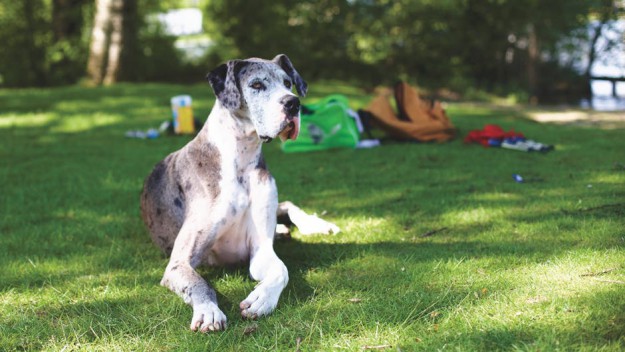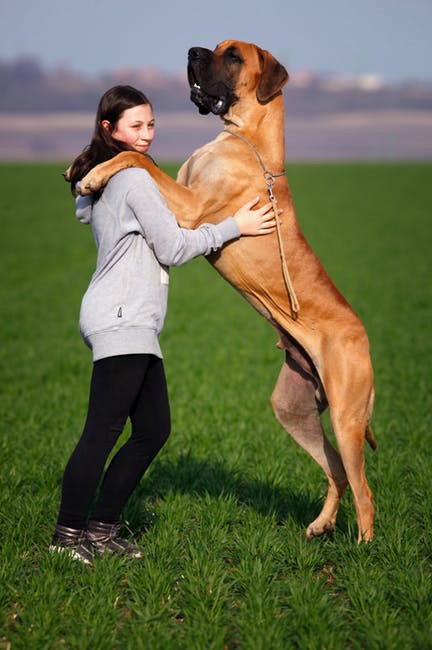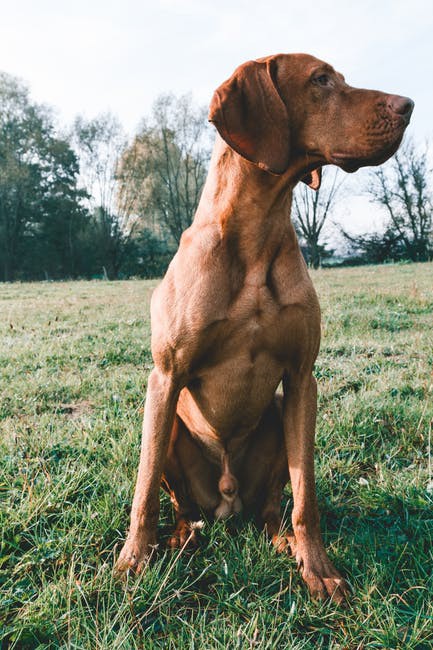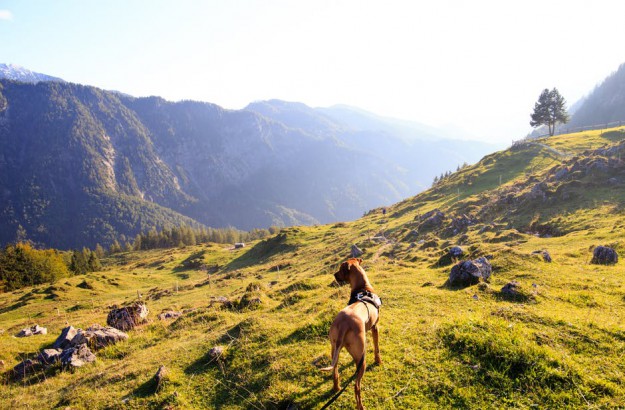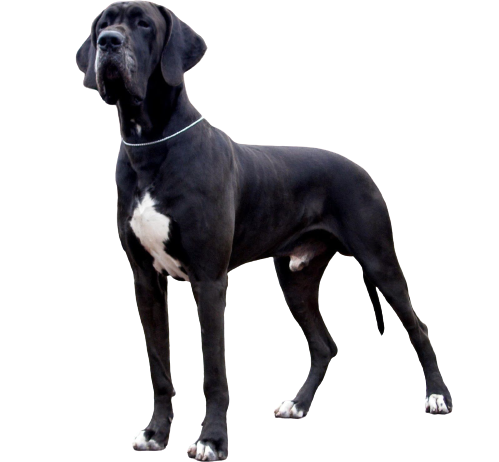
Great Dane
USD $800-$1200 Price Avg.
Working Dogs
Group
Purebred
Breed Type
Giant
Size
7-10 years
Lifespan
Breed Information
| Group | Working Dogs |
|---|---|
| Popularity/Rank | 14 |
| Origin | Germany |
| Other Names | Apollo of Dogs, Dane, Deutsche Dogge, Gentle Giant, German Mastiff |
| Breed Type | Purebred |
| Price (Avg.) |
USD $800-$1200
How much does it cost to purchase a Great Dane? The price of a Great Dane will vary from breeder to breeder as well as from place to place. As a rough guide, you should expect to pay between $800 to $1200 per Great Dane if you purchase from a reputable breeder. Prices will be higher for show-quality dogs with a distinguished pedigree. Adult dogs who have already been trained may cost even more. It is usually less expensive to adopt a Great Dane through a shelter. |
| Size | Giant |
| Weight |
Male: 120-200 pounds (54-90 kg),
Female: 100-130 pounds (45-59 kg) |
| Height |
Male: 30-34 inches (76-86 cm),
Female: 28-32 inches (71-81 cm) |
| Lifespan | 7-10 years |
| Recognized by |
AKC, FCI
The American Kennel Club in 1887 as a Working breed. And FCI in the Pinscher and Schnauzer - Molossoid and Swiss Mountain and Cattledogs group, in the Molossian type s |
| Purpose | Watchdog, Hunting |
| Date of Origin | 3000 BC |
| Ancestry | Greyhound, Old English Mastiff, Wolfhound |
Appearance & Maintenance
| Coat | Dense |
|---|---|
| Coat Colors | Black, Blue, Brindle, Fawn, Merle, White |
| Grooming Level | |
| Shedding Level | |
| Eye Color Possibilities | Brown |
| Nose Color Possibilities | Black, Blue |
| Coat Color Possibilities | Black, Blue, Brindle, Brown, Fawn, Red, Sable |
| Coat Length | Small |
| Coat Density | Dense |
| Coat Texture | Straight |
| Recommended Brushes | Nail Clipper, Pin Brush, Slicker Brush |
| Brushing Frequency | Weekly |
Breed Characteristics
| Temperament | Confident, Dedicated, Delicate, Devoted, Friendly, Gentle, Intelligent, Loving, Reserved |
|---|---|
| Intelligent | |
| Trainability | |
| Playfulness | |
| Sensitivity Level | |
| Affection Level | |
| Social Interaction Required | |
| Barking | |
| Watchdog Ability | |
| Territorial | |
| Biting Force | Low |
| Mouthiness | |
| Impulse to Wander or Roam | |
| Prey Drive | |
| Adaptability | |
| Tolerates Being Left Alone | |
| Fighting Dog | Yes |
Good & Friendly with
| Apartment Life Friendly | |
|---|---|
| Stranger Friendly | |
| Kid-Friendly | |
| Cat Friendly | |
| Dog Friendly | |
| Office Friendly | No |
| Senior Citizens Friendly | |
| Pet Friendly | |
| Friendly with First Time Owners | No |
| Service Dog | Not really |
| Therapy Dog | Yes |
| Detection, Sniffer or Security Dog | Not really |
| Search and Rescue Dog (SAR) | Not really |
| Boat Dog | Not really |
| Cart Pulling or Drafting Dog | Yes |
Health Elements
| Health Issues | |
|---|---|
| Health Problems | Bloat, Cancer, Dilated Cardiomyopathy, Hip Dysplasia, Mitral Valve Disease, Patent Ductus Arteriosis, Persistent Right Aortic Arch, Subvalvular Aortic Stenosis, Tricuspid Valve Dysplasia |
| Hypoallergenic | No |
| Energy Level | |
| Exercise Required | |
| Sleeping Required | |
| Weight Gain Potential | |
| Weather & Climate | Prefers average to warm weather conditions |
| Stinkiness | Medium |
| Drooling tendency | |
| Activity Level | Low |
| Rec. Walk Mileage Per Week | 10 miles |
| Minutes of Activity Per Day | 60 minutes |
Food & Costing
| Avg. Daily Food | 8 to 10 cups of high-quality dry food a day, divided into two meals |
|---|---|
| Cups Per Day | 3.5 cups |
| Daily Cost | $2.75 - $3.00 |
| Monthly Cost | $82.50 - $90.00 |
Reproducibility
| Gestation Duration | 60-64 days |
|---|---|
| How often can the Great Dane have a litter? | Once a year. |
| Litter Size | 10-15 puppies (Once a year.) |
Description
The Great Dane is a large and powerful breed of dog that has been around for centuries. It is known for its impressive size, strength, and loyalty. The Great Dane is also known as the “Apollo of Dogs” due to its regal appearance and noble bearing. This breed has a long history of being used as guard dogs, hunting dogs, and companions.
Appearance: The Great Dane has a strong, muscular body with a broad chest and long legs. Its head is large with a wide muzzle and dark eyes that are set far apart. Its ears are usually cropped or left natural in the shape of triangles or rosebuds. The coat can be short or long-haired in various colors such as black, blue, fawn, brindle, harlequin (black patches on white), mantle (black patches on gray), merle (blue patches on white), or tiger-striped (brown patches on white).
Lifespan: The average lifespan of the Great Dane is 8 to 10 years when properly cared for.
Size: The average height for males ranges from 30 to 34 inches while females range from 28 to 32 inches tall at the shoulder.
Weight: Males typically weigh between 120 to 200 pounds while females weigh between 100 to 130 pounds when fully grown.
Colors: As mentioned above there are several color variations including black, blue, fawn, brindle harlequin mantle merle and tiger-striped coats available in this breed.
Personality: The Great Dane is an intelligent breed that loves attention from its owners but can also be independent at times. They are loyal companions who will protect their family if needed but they do not make good guard dogs due to their friendly nature towards strangers unless trained otherwise by their owners from an early age . They have an even temperament which makes them great family pets as they get along well with children and other animals if socialized properly from puppyhood onwards .
Friendliness towards other Dogs/Animals/Children : When it comes to friendliness towards other animals , the Great Dane does best when socialized early on . They tend to get along well with other dogs , cats , birds , rabbits , horses etc . However it’s important that you supervise any interactions between your pet and other animals just in case things don’t go according to plan . As far as children go , these gentle giants make great playmates provided they have been trained properly not to jump up or pull too hard during playtime .
Temperament : Generally speaking , the temperament of this breed is calm yet alert making them ideal family pets who will happily join in activities such as going for walks or playing fetch without getting too excited . They do need plenty of exercise though so it’s important that you provide them with enough physical activity each day otherwise they may become bored which could lead them into destructive behavior such as chewing furniture etc .
Health : Generally speaking this breed tends not be prone any major health issues however some may suffer from hip dysplasia which can cause lameness if left untreated so regular check ups at your vet are recommended just in case anything arises later down the line .
Adaptability Level : This breed does best when living indoors where it can receive plenty of love and attention however they do enjoy spending time outdoors too so having access to both would be ideal for them . As far as adapting goes , these gentle giants tend adapt quite easily whether it’s moving house or meeting new people provided they have been socialized correctly since puppyhood onwards .
Benefits Of Having A Great Dane As A Pet : There are many benefits associated with owning one of these majestic creatures including their loyalty towards their owners which makes them great companions who will always stick by your side no matter what life throws at you ! Not only this but due their size they make excellent guard dogs who won't hesitate protect you should danger arise ! Finally due their even temperaments these gentle giants make wonderful family pets who will happily join in activities such as going walks playing fetch etc !
History
The Great Dane is a large German breed of domestic dog known for its giant size. The record holder for the tallest dog ever is a Great Dane named Zeus, who measured 111.8 cm (44.0 in) from paw to shoulder. Great Danes are one of the world's tallest dog breeds; the average height of a Great Dane is about 30 inches at the shoulder, although some can be as tall as 34 inches. The weight of an adult Great Dane varies from 100 to 200 pounds (45 to 91 kg).
The breed is descended from mastiff-type dogs brought to Europe by Assyrian traders. In Germany, it was known as Deutsche Dogge (German Mastiff), reflecting its origin in that country. The French name is Dogue Allemand (German Mastiff). The English name "Great Dane" was first used around 1700, when Danes were imported into England.
The Great Dane nearly became extinct in the 19th century due to cross-breeding with other breeds such as the Irish Wolfhound and English Mastiff. However, German breeders worked to preserve the purity of the breed and by 1900, the Great Dane had regained popularity.
Today, the Great Dane is recognized as a distinct breed by most major kennel clubs including the American Kennel Club, United Kennel Club, Canadian Kennel Club and The Kennel Club (UK).




